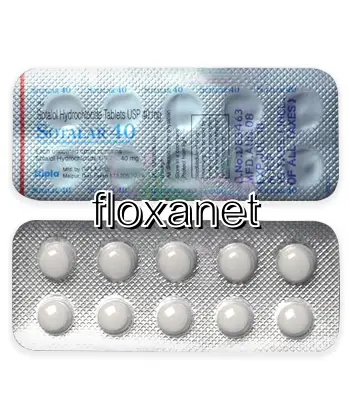Buy Sotalol Online in New Zealand
| Package | Dosage | Price | Price per Dose | |
|---|---|---|---|---|
| Dosage: 40mg | ||||
| 360 pill | 40mg | NZD867.80 | NZD2.41 | |
| 180 pill | 40mg | NZD450.76 | NZD2.51 | |
| 120 pill | 40mg | NZD306.12 | NZD2.56 | |
| 90 pill | 40mg | NZD241.04 | NZD2.68 | |
| 60 pill | 40mg | NZD168.72 | NZD2.82 | |
| 30 pill | 40mg | NZD91.58 | NZD3.01 | |
| 20 pill | 40mg | NZD65.06 | NZD3.23 | |

Sotalol Description
Overview of Sotalol
Sotalol is a medication primarily used to manage certain types of irregular heartbeats or arrhythmias. It belongs to a class of drugs known as beta-blockers, but it also has unique properties that distinguish it. Sotalol works by blocking specific receptors in the heart, which helps to slow down the heart rate and stabilize electrical activity. This dual action makes it effective in preventing episodes of atrial fibrillation, atrial flutter, and ventricular arrhythmias. It is essential for patients to use this medication under strict medical supervision, as improper use can lead to serious side effects.
How Sotalol Works
Sotalol affects the heart by blocking beta-adrenergic receptors, thereby reducing the effects of adrenaline and other stress hormones. This leads to a decrease in heart rate and cardiac workload. Additionally, sotalol has blocking effects on potassium channels, prolonging the repolarization phase of the cardiac cycle. This action helps to prevent abnormal electrical impulses from disrupting the heart’s rhythm. The combination of these mechanisms makes sotalol effective for rhythm control in specific cardiac conditions. The medication is usually prescribed after other treatments have failed, or when the benefits outweigh potential risks.
Effectiveness and Usage
When taken correctly, sotalol can significantly reduce the frequency and severity of arrhythmia episodes. Patients often report improved quality of life and symptom relief when adhering to prescribed doses. It is usually administered orally in tablet form, with dosages adjusted according to individual response and medical guidance. Regular monitoring through ECGs and other tests is crucial to track the medication’s effectiveness and to detect any adverse effects early. Patients should not stop using sotalol abruptly, as sudden discontinuation can lead to worsening arrhythmias.
Potential Side Effects and Risks
While sotalol is effective, it also carries the risk of side effects. Common issues include fatigue, dizziness, and shortness of breath. Some users may experience gastrointestinal discomfort or headaches. More serious but less frequent side effects involve heart block, low blood pressure, or worsening arrhythmias. Because of these risks, it is vital to have regular medical evaluations during treatment. Patients with asthma, diabetes, or a history of heart failure should inform their doctor before starting sotalol, as they may be more vulnerable to adverse effects.
Precautions and Warnings
Before beginning sotalol therapy, patients should undergo thorough cardiac assessments. It is essential to disclose all health conditions and medications to avoid potential drug interactions. Certain medications, such as other antiarrhythmics, can compound risks or interfere with sotalol’s effectiveness. Patients should also be cautious about activities that require alertness, as side effects like dizziness can impair performance. Pregnant or breastfeeding women should consult their healthcare provider to weigh risks and benefits, as safety data may be limited.
